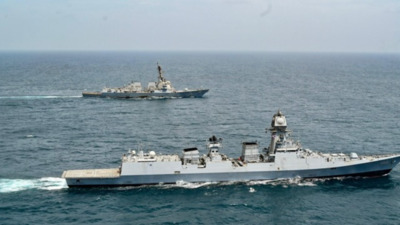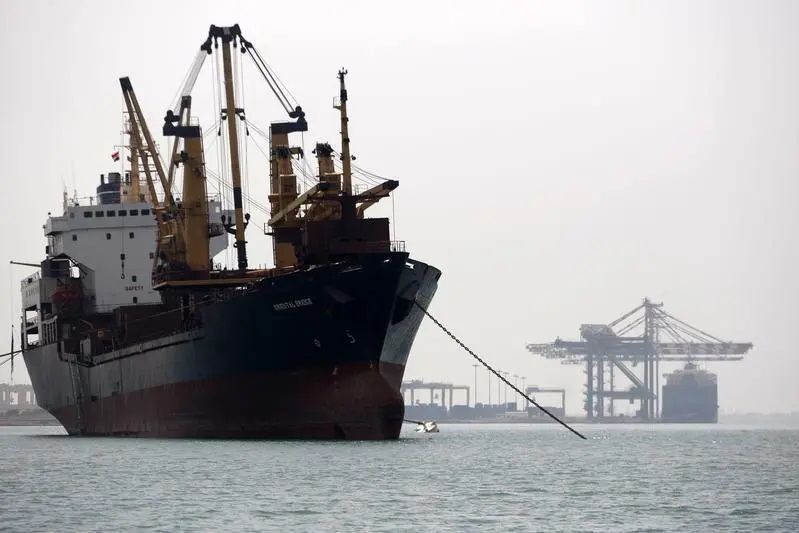India-US Joint Naval Exercises Highlight Strong Maritime Partnership
New Delhi – Amid ongoing global trade dynamics, India and the United States continue to strengthen their strategic and defence ties through a series of joint military exercises, reinforcing regional stability and promoting international cooperation.
In a recent operation in the Arabian Sea, the Indian guided-missile destroyer INS Imphal conducted a coordinated exercise with the US Arleigh-Burke class destroyer USS Gridley on Monday. The drills demonstrated the high level of preparedness and interoperability between the two nations’ naval forces.
Captain Vivek Madhwal, a spokesperson for the Indian Navy, noted, “The exercise included tactical manoeuvres, cross-deck flying, anti-piracy VBSS (visit, board, search, and seizure) training, and the sharing of best practices and procedures. It underscores our continued efforts to strengthen maritime cooperation between India and the United States.”
These exercises come as part of a long-standing tradition of joint military collaboration that has spanned more than two decades. By working together, both countries enhance their ability to respond to regional challenges and promote peace and security in international waters.
Earlier this month, more than 450 Indian soldiers participated in high-altitude combat drills alongside US troops at Fort Wainwright in Alaska. The ‘Yudh Abhyas’ exercise, conducted from September 1 to 14, focused on mountain warfare, disaster response, and tactical coordination, reflecting a commitment to shared security objectives.
Looking ahead, India, the United States, Australia, and Japan are preparing for the upcoming Malabar naval exercise off Guam in the Western Pacific in November. Originally launched as a bilateral exercise between India and the US in 1992, Malabar now includes all “Quad” countries, highlighting the importance of multilateral collaboration in safeguarding maritime trade routes and ensuring regional stability.
Defence analysts emphasize that these exercises are not only about military readiness but also about fostering mutual understanding, trust, and knowledge-sharing. The training improves operational coordination, streamlines communication, and encourages innovation in maritime strategy and technology.
The joint drills also address contemporary challenges, such as anti-piracy operations, humanitarian assistance, and disaster relief. By practicing these scenarios, the participating forces are better prepared to respond quickly and effectively to crises, enhancing the safety of international shipping lanes and contributing to global peace.
Officials note that India-US defence cooperation extends beyond drills, encompassing defence trade, technology transfers, and intelligence sharing. The ongoing exercises highlight the shared vision of both nations to maintain a secure Indo-Pacific region, promote rule-based order, and support economic growth through secure maritime corridors.
Observers say the exercises send a positive signal to the international community. They demonstrate that India and the US, along with their Quad partners, are committed to stability, collaboration, and mutual progress. The drills also provide opportunities for cultural exchange and the building of professional relationships among officers and personnel.
By combining expertise, resources, and strategic foresight, these exercises strengthen regional security while promoting innovation and resilience. They reflect India’s growing role as a responsible global power and the United States’ commitment to maintaining strong partnerships across the Indo-Pacific.
As India and its allies continue to expand maritime cooperation, these joint exercises serve as a cornerstone for peace, development, and shared prosperity in the region. Both nations reaffirm their dedication to safeguarding the seas and supporting international rules that benefit commerce, navigation, and global stability.



